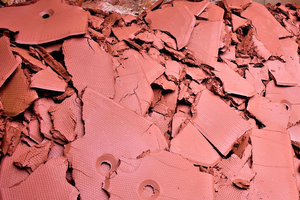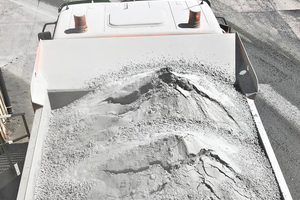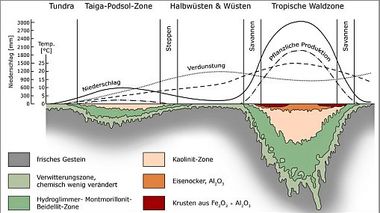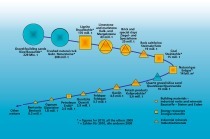Potential for millions of tonnes of new raw materials
Raw materials are becoming scarce and expensive. The magic word is resource efficiency. Against this background, the utilization of secondary or waste-derived materials, appropriately tested for their suitability, is becoming increasingly lucrative. For example, the use of substitute clay materials is now common even in brick and roofing tile plants. A key factor in this context are services such as quality control in the laboratory and management of the logistics. The brick plants only have to place an order to get the ball rolling.
Motives for use in brick plants can be found more and more frequently in prolonging the lifetime of a company’s own reserves of raw materials and the reduction of CO2 emissions. Often, however, also in the particular ceramic properties of these materials. Be it, depending on the starting rock, a particularly low body density, pronounced sintering activity or balanced particle size distribution with maximum particle sizes of 0.4 – 1.0 cm.
Potential for high-grade materials
More and more sites in the German quarrying industry are upgrading. Fine-particle filler material, which used to be considered unproductive waste, are homogeneously wetted in tubular screw conveyors. This enables their transport on conventional HGV trailers for dust-free use in the brick plants. This opens up potential for millions of tonnes of high-grade materials for the clay brick and tile industry. In addition, the availability of filter cake from sand and rock washing is increasing.
The team at Krakow Rohstoffe is, as the company itself reports, is regarded as a pioneer in the marketing and distribution of substitute clay materials for the clay brick and tile industry. Back in 2007, Lutz Krakow was presented with the Innovation Award for the first zero-clay brick by the district of Nordhausen. It was produced at the Peine brick plant operated by AKA Klinker – today Vandersanden.








